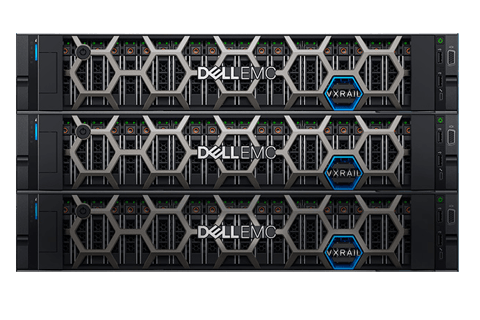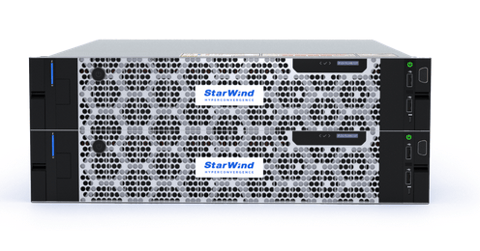Datacenter Architecture: Tier 3 vs Hyperconverged
IT PROJECTS


When comparing a traditional Tier 3 data center architecture with a hyperconverged architecture, we look at performance differences, cost savings, scalability requirements, management capability, and different use cases for each.
A hyper-converged infrastructure combines server, storage, and networking layers into a single integrated system.
A traditional Tier 3 infrastructure has separate server, storage, and networking layers for an individually managed system.
Tier 3 vs Hyper-converged, which is better?
Deploying a Hyper-Converged Infrastructure:
Hyper-converged Infrastructure (HCI) performance is heavily influenced by application and server requirements. For workloads demanding high I/O and low latency, such as CPU-intensive client applications with SQL backends or Virtual Desktop Infrastructure (VDI) deployments, HCI can be a strong choice. Its local storage architecture, often leveraging technologies like vSAN, directly connects compute and storage resources, minimizing latency traditionally associated with HBAs, SFPs, and limited throughput. High-performance components like AMD EPYC, Intel Xeon Scalable processors, and NVMe/SSD drives further enhance HCI's capabilities in these scenarios.
Dell VxRail: Balancing Benefits and Limitations for Small Businesses
Dell VxRail effectively meets the needs of small business customers by replacing traditional tier 3 legacy server architectures. As a hyperconverged infrastructure solution, it offers reliable performance, user-friendly operation, and relative affordability. However, businesses experiencing growth may face significant challenges with VxRail, as scaling the system can become both technically difficult and financially burdensome.
Example of HCI in action is the Dell VxRail that is optimized for integration with VMware.




